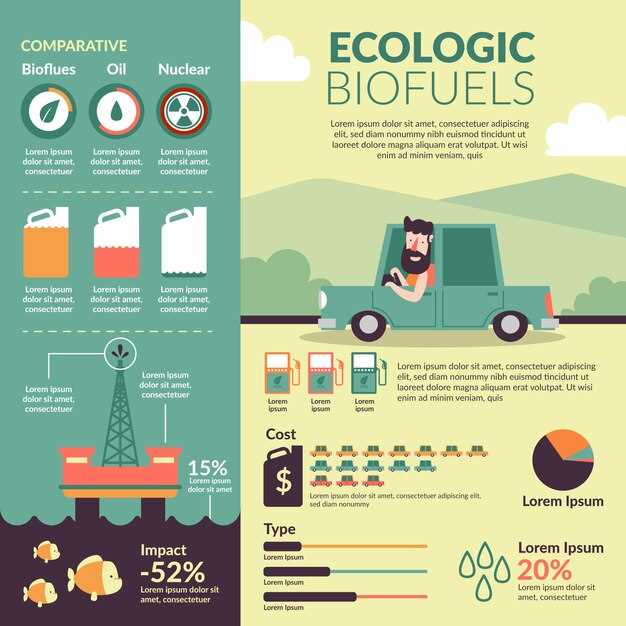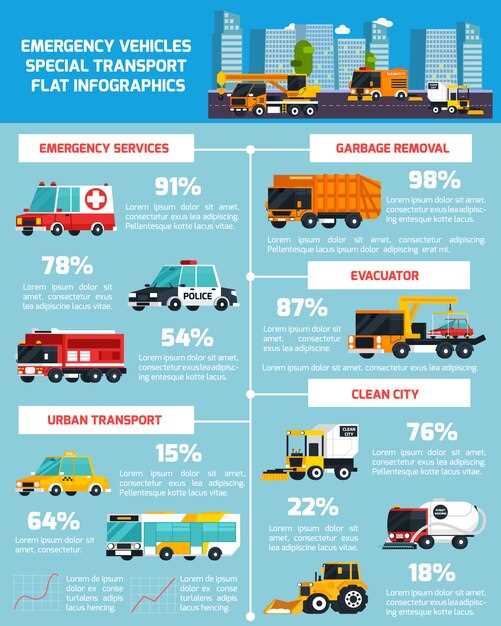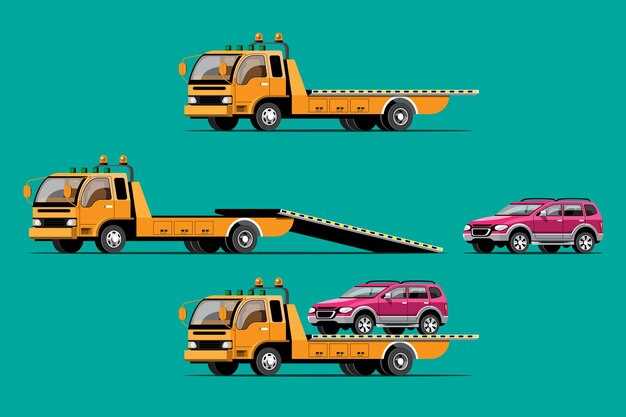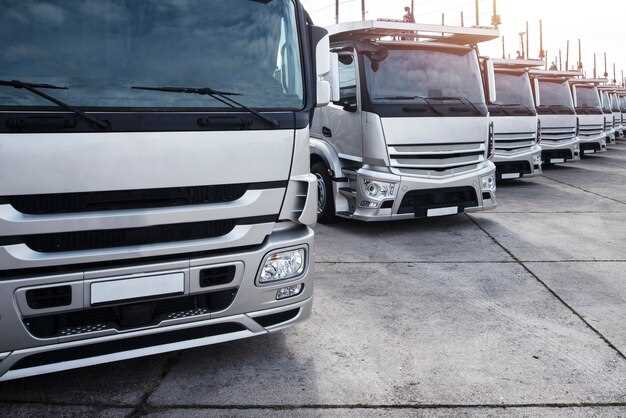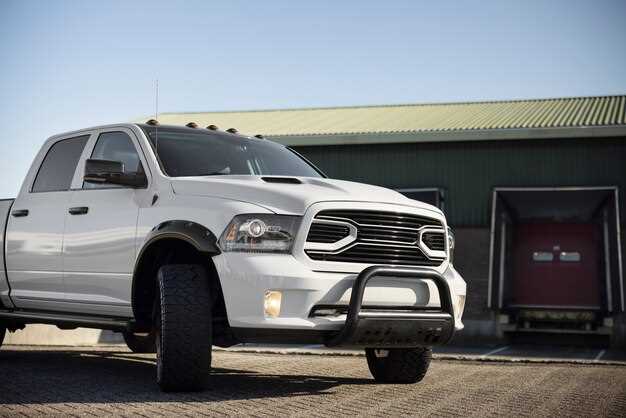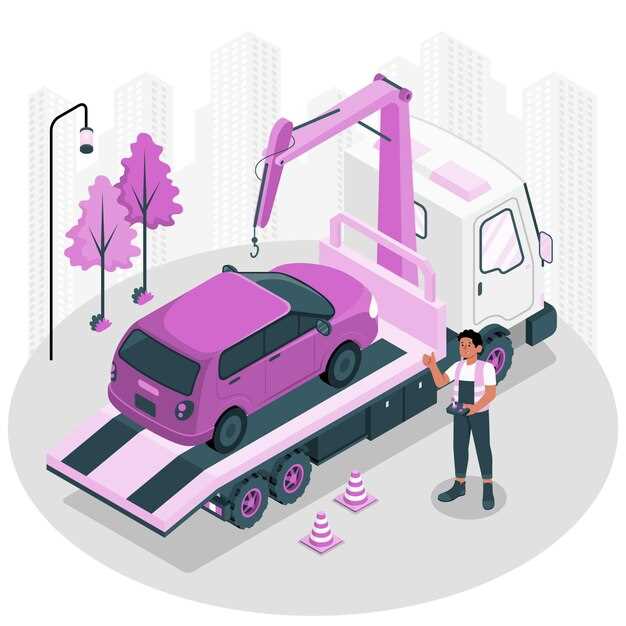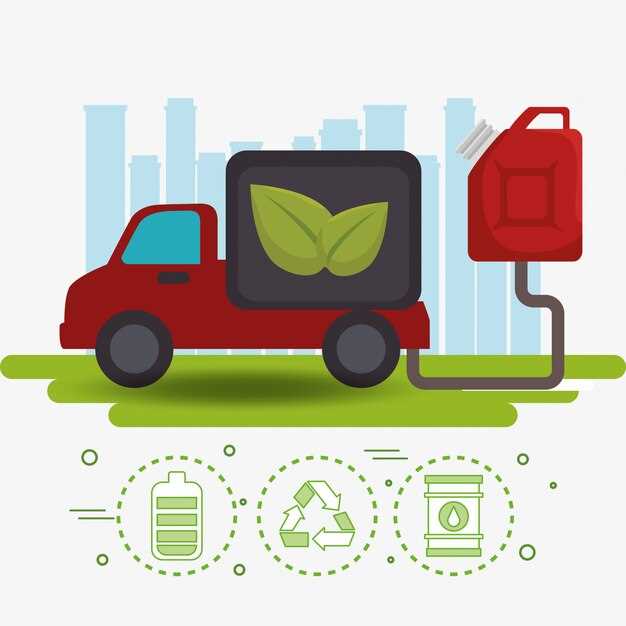
The Honda Ridgeline has long occupied a unique niche in the competitive pickup truck market. While often overshadowed by heavyweights in the segment, this versatile vehicle offers a combination of features that are rarely matched by its rivals. With its car-like ride quality, impressive fuel efficiency, and innovative cargo solutions, the Ridgeline stands out as an excellent option for those seeking a practical truck that doesn’t compromise on comfort.
One of the primary reasons the Ridgeline remains underrated is its atypical design. Unlike traditional pickups that focus heavily on towing and hauling capacities, the Ridgeline emphasizes everyday usability and family-friendly features. Its unibody construction results in a smoother ride and better handling compared to body-on-frame competitors, making it an ideal choice for urban dwellers who need a truck without the usual trade-offs in comfort.
Furthermore, the Ridgeline boasts a plethora of unique features that enhance its practicality. Among these is the in-bed trunk, which provides secure storage space while maintaining the truck’s functionality. Additionally, the dual-action tailgate and robust audio system cater to a variety of lifestyles, from weekend warriors to outdoor enthusiasts. In a landscape where trucks often prioritize brute strength over versatility, the Honda Ridgeline deserves more recognition for the balance it strikes between capability and convenience.
Real-World Performance: How Ridgeline Handles Everyday Tasks

The Honda Ridgeline is renowned for its unique approach to the pickup truck segment, designed to excel in real-world applications rather than just numbers on paper. Its unibody construction offers a smoother ride and better handling compared to traditional body-on-frame designs, making it more versatile for everyday driving.
One of the standout features of the Ridgeline is its innovative cargo space. The in-bed trunk provides secure storage for tools, groceries, or sports equipment, ensuring that items remain dry and protected. The dual-action tailgate also enhances usability, allowing for easy loading and unloading, whether it’s accessing the bed or positioning it as a work surface.
When it comes to towing, the Ridgeline doesn’t skimp on capability. With a maximum towing capacity of 5,000 pounds, it can manage most recreational needs, from trailers to boats. Its intelligent traction management system provides added confidence in various terrains, ensuring that it stays composed during acceleration and while navigating corners.
In terms of interior comfort, the Ridgeline excels with spacious seating for five adults, offering ample legroom and headspace. The cabin features high-quality materials and user-friendly tech, including integration for smartphones and a comprehensive infotainment system. This emphasis on comfort and convenience makes it an ideal choice for daily commutes as well as long road trips.
Fuel efficiency is another area where the Ridgeline shines, with its V6 engine providing a balanced blend of power and economy. The efficient engine allows drivers to cover significant distances without frequent refueling, making it a practical choice for those who rely on their truck for both work and play.
Moreover, the Ridgeline’s all-wheel-drive option adds an extra layer of versatility, optimizing traction in wet or snowy conditions. This feature enhances safety during inclement weather while still maintaining a pleasant driving experience in urban environments.
In summary, the Honda Ridgeline is more than just a truck; it is a well-rounded solution for everyday challenges. Its practical design, robust features, and efficient performance make it a dependable choice for those who require a vehicle that can adapt to their lifestyle seamlessly.
Innovative Features: What Sets Ridgeline Apart from Competitors

The Honda Ridgeline stands out in the crowded truck market thanks to its unique combination of innovative features that cater to a variety of needs. One of its most distinguishing characteristics is the bed design, which includes an in-bed trunk. This clever storage solution allows for secure and weather-resistant storage of tools or other gear, maximizing utility without compromising space.
Another innovative aspect is the Ridgeline’s dual-action tailgate, which can either drop down like a traditional truck or swing open sideways. This versatility enhances loading and unloading convenience, making it easier to access the bed space in tight areas. Coupled with the Ridgeline’s composite truck bed, which is more resistant to scratches, dents, and corrosion compared to traditional steel beds, this design shifts the paradigm of what a truck bed can offer.
The all-wheel-drive system of the Ridgeline is another standout feature. Unlike many competitors that come with rear-wheel-drive platforms, the Ridgeline’s intelligent all-wheel-drive system improves traction on various terrains, making it suitable for different driving conditions while contributing to its overall comfort and handling.
Additionally, the Ridgeline is equipped with advanced tech features that enhance the driving experience. The standard Honda Sensing suite includes adaptive cruise control, collision mitigation braking, and lane-keeping assist, contributing to improved safety for drivers and passengers alike. This level of standard safety technology is often not found in rival trucks.
Lastly, the interior of the Ridgeline offers a spacious and comfortable cabin, placing a strong emphasis on passenger comfort. It not only rivals SUVs in terms of refinement but also offers ample legroom and high-quality materials, ensuring a pleasant ride, whether you’re commuting or taking a longer journey.
Cost of Ownership: Analyzing Ridgeline’s Value Over Time
The Honda Ridgeline stands out in the truck segment not only for its unique design and features but also for its impressive cost of ownership. Analyzing the Ridgeline’s value over time reveals how it holds up against its competitors in terms of various financial metrics.
Depreciation is a key factor in understanding the total cost of ownership. Typically, trucks tend to depreciate quickly; however, the Ridgeline performs better than many standard pickups. Its unique features, such as the in-bed trunk and innovative tailgate, help maintain demand, allowing it to retain a higher resale value over the years.
Fuel efficiency plays a significant role in long-term ownership costs. The Ridgeline is equipped with a fuel-efficient V6 engine that offers competitive miles per gallon compared to other trucks in its class. This advantage translates into substantial savings at the pump over the vehicle’s lifetime, making it an economical choice for daily driving and long hauls alike.
Insurance rates are another cost consideration. The Ridgeline often has lower insurance premiums compared to traditional body-on-frame trucks due to its reputation for safety and reliability. This can further enhance its value proposition, making it financially sensible for owners.
Additionally, maintenance and repair costs are generally lower than those for many competitors. Honda’s reputation for reliability means that Ridgeline owners can expect fewer unexpected repairs and longer intervals between routine service, contributing to a lower overall cost of ownership.
In conclusion, the Honda Ridgeline offers an attractively balanced cost of ownership that combines lower depreciation rates, fuel efficiency, reasonable insurance costs, and low maintenance expenses. For those seeking a truck that retains its value and offers economical operation over time, the Ridgeline is an underrated gem worth considering.










